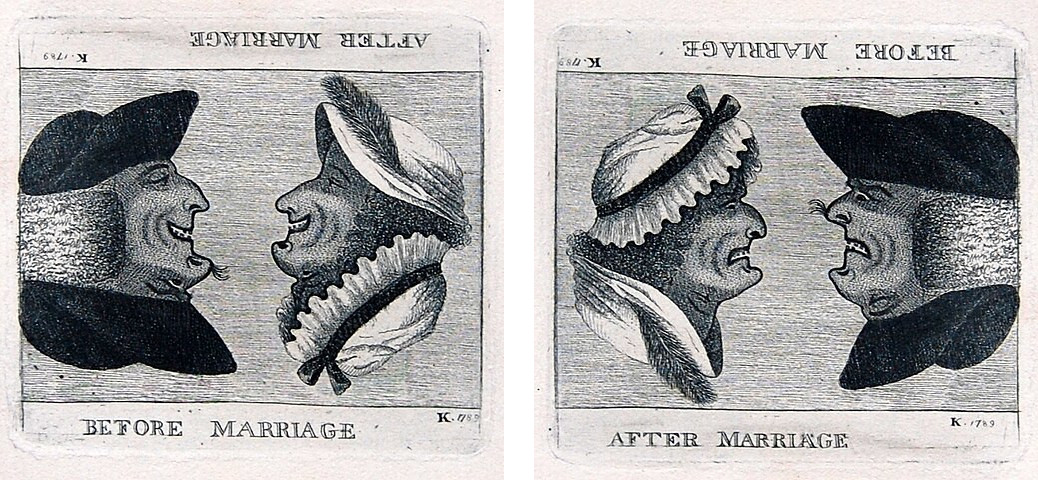Society
Entre Nous
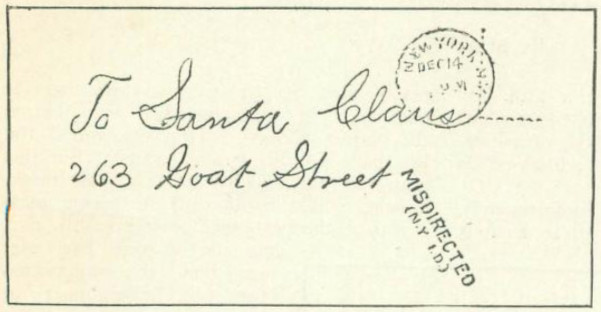
In 1896 the letter above arrived at the New York post office. As there was no Goat Street in New York, the office marked it misdirected and sent it on to Washington, where clerks eventually opened it, looking for further clues. They found this:
Dear Santa, — When I said my prayers last night I told God to tell you to bring me a hobby horse. I don’t want a hobby horse, really. A honestly live horse is what I want. Mamma told me not to ask for him, because I probably would make you mad, so you wouldn’t give me anything at all, and if I got him I wouldn’t have any place to keep him. A man I know will keep him, he says, if you get him for me. I thought you might like to know. Please don’t be mad. — Affectionately, John.
P.S. — A shetland would be enough.
P.S. — I’d rather have a hobby horse than nothing at all.
“I am very sorry to say that John did not get the horse,” wrote Mary K. Davis in the Strand. “Little boys who don’t do as their mothers tell them find little favour with Santa Claus.”
“A Statesman”
A Statesman who attended a meeting of a Chamber of Commerce rose to speak, but was objected to on the ground that he had nothing to do with commerce.
‘Mr. Chairman,’ said an Aged Member, rising, ‘I conceive that the objection is not well taken; the gentleman’s connection with commerce is close and intimate. He is a commodity.’
— Ambrose Bierce, Fantastic Fables, 1899
In a Word
calophantic
adj. pretending or making a show of excellence
velleity
n. a mere wish, unaccompanied by an effort to obtain it
fode
v. to lead on with delusive expectations
magnoperate
v. to magnify the greatness of
Roman diplomat Sidonius Apollinaris describes the hunting skill of Visigoth king Theodoric II:
If the chase is the order of the day, he joins it, but never carries his bow at his side, considering this derogatory to royal state. … He will ask you beforehand what you would like him to transfix; you choose, and he hits. If there is a miss … your vision will mostly be at fault, and not the archer’s skill.
(Quoted in Norman Davies, Vanished Kingdoms, 2012.)
Unquote
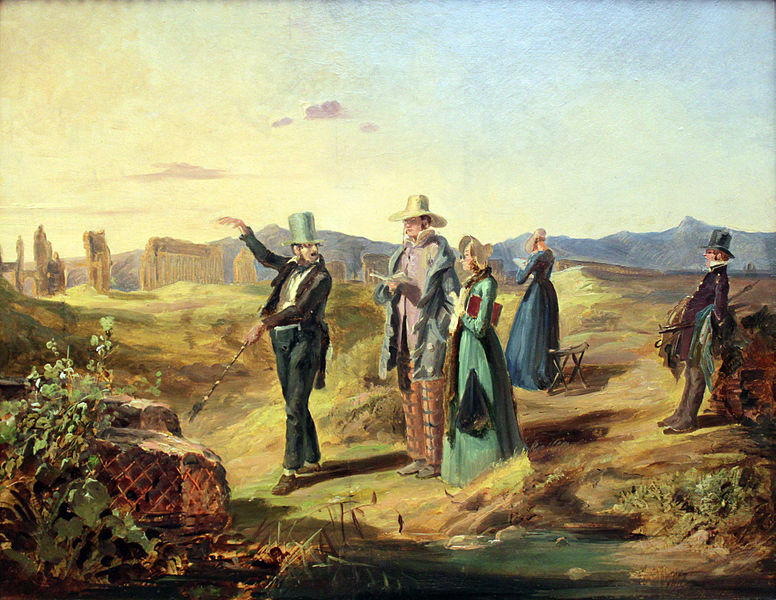
Someone said to Socrates that a certain man had grown no better by his travels.
‘I should think not,’ he said; ‘he took himself along with him.’
— Montaigne, Essays
Roll Call
Unusual personal names collected in Oklahoma by onomastician Thomas Pyles in the 1940s:
- A. Noble Ladd
- Beverage Porter
- Bunker Hill
- Charming Fox
- Erie Lake
- France Paris
- Gunga Dean
- Harness Upp
- Harry Baer
- Ima Goose
- Jack Frost
- Johnny Steele Casebeer
- Liberty Bond
- Pansy Leafe
- Pearl Button
- Rose Bush
- Safety Reuel First
- Winter Frost
Ima Foster and Ura Foster, possibly twin sisters, both received master’s degrees in education at the University of Oklahoma in 1943. “It has been suggested to me that most of the bearers of jocular names come of families in which infant baptism is not practiced, inasmuch as (it is to be hoped) few clergymen would consent to make a travesty of the sacrament of baptism by bestowing such names in christening.”
(Thomas Pyles, “Onomastic Individualism in Oklahoma,” American Speech 22:4 [December 1947], 257-264.)
08/15/2024 UPDATE: It appears Safety First became a cardiologist. “My dad gave me this troublesome title. We already had a junior in the family, so dad named me after the popular motto that had just been created.” (Thanks, Charlotte.)
Sharp Practice
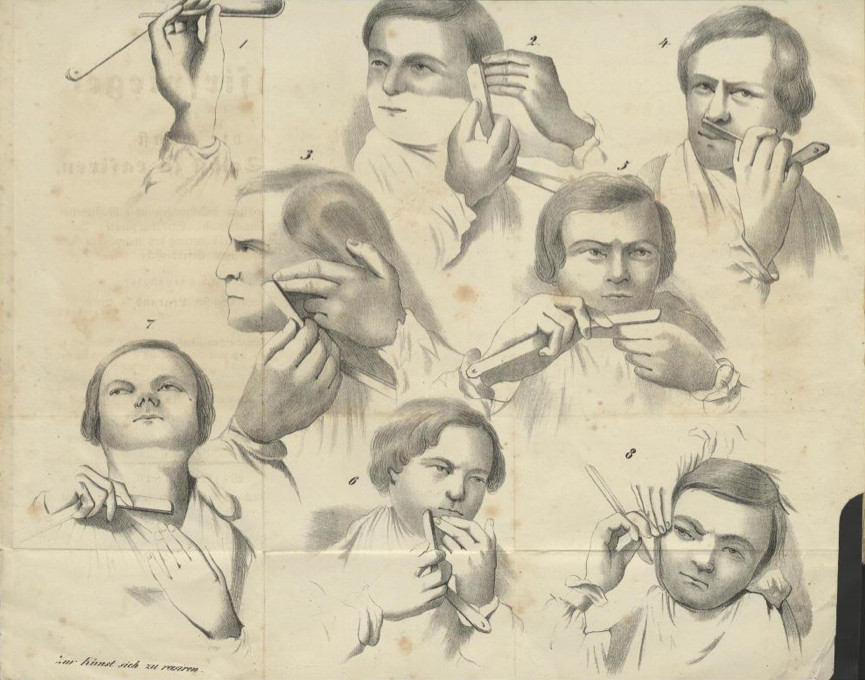
Talking of shaving the other night at Dr. Taylor’s, Dr. Johnson said, ‘Sir, of a thousand shavers, two do not shave so much alike as not to be distinguished.’ I thought this not possible, till he specified so many of the varieties in shaving; — holding the razor more or less perpendicular; — drawing long or short strokes; — beginning at the upper part of the face, or the under; — at the right side or the left side. Indeed, when one considers what variety of sounds can be uttered by the windpipe, in the compass of a very small aperture, we may be convinced how many degrees of difference there may be in the application of a razor.
— James Boswell, Life of Samuel Johnson, 1791
Stature
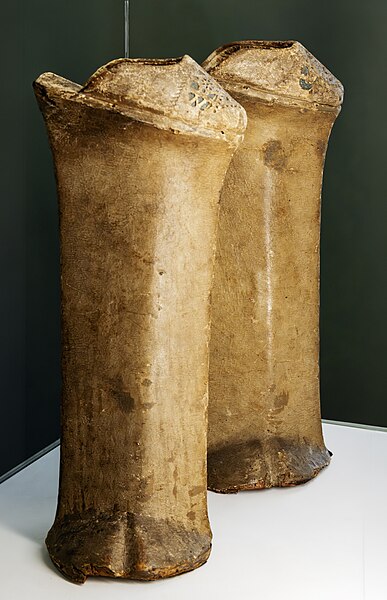
Venice’s Museo Correr exhibits a pair of wooden implements whose use isn’t immediately clear — they’re chopines, a type of platform shoe popular in the 15th, 16th, and 17th centuries. Worn under a woman’s skirt they could add up to 20 inches to her height, giving her an impressive eminence but an uncertain gait. Shakespeare mocked the trend in Hamlet’s greeting to a visiting player:
“By’r lady, your ladyship is nearer to heaven than when I saw you last, by the altitude of a chopine.”
08/15/2024 UPDATE: Reader Peter Kidd notes this even more impressive pair, now at the Museo Civico Medievale in Bologna:
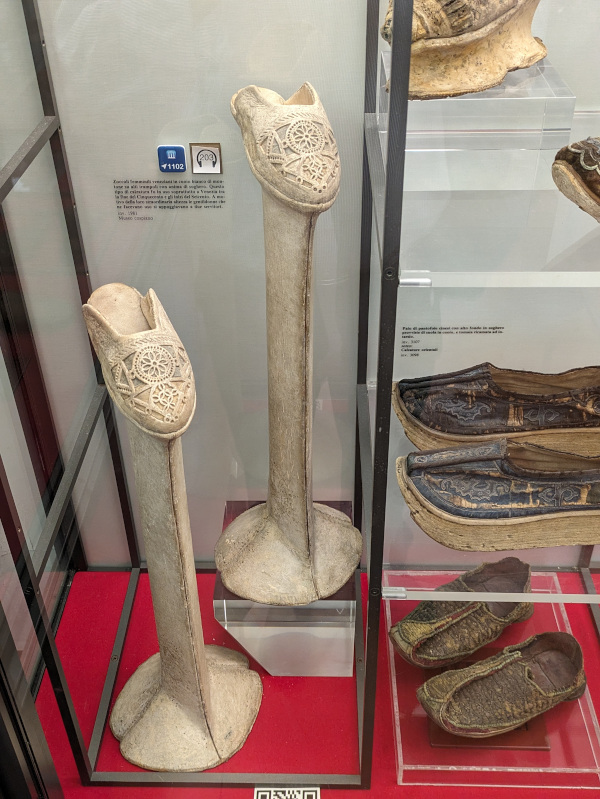
(Thanks, Peter.)
The Champ
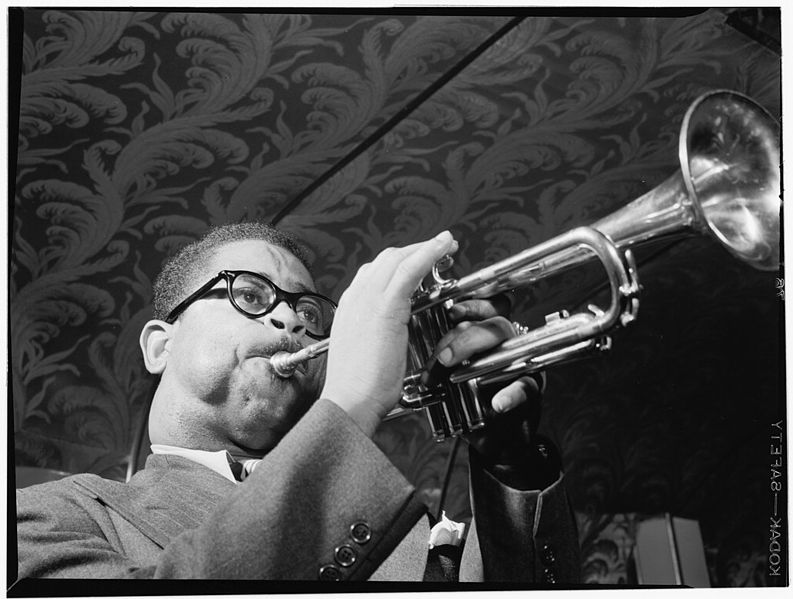
Proposed cabinet of Dizzy Gillespie, who ran for president in 1964:
- Secretary of State: Duke Ellington
- Director of the CIA: Miles Davis
- Secretary of Defense: Max Roach
- Secretary of Peace: Charles Mingus
- Librarian of Congress: Ray Charles
- Secretary of Agriculture: Louis Armstrong
- Ambassador to the Vatican: Mary Lou Williams
- Travelling Ambassador: Thelonious Monk
- Attorney General: Malcolm X
He said his running mate would be Phyllis Diller. When asked why he was running for president, he said, “Because we need one.”
Food for Thought
Cannibalism shocks us terribly. Yet I remember talking to an old cannibal who from missionary and administrator had heard news of the Great War raging then in Europe. What he was most curious to know was how we Europeans managed to eat such enormous quantities of human flesh, as the casualties of a battle seemed to imply. When I told him indignantly that Europeans do not eat their slain foes, he looked at me with real horror and asked me what sort of barbarians we were to kill without any real object.
— Bronisław Malinowski, “Anthropology Is the Science of the Sense of Humour,” 1937

